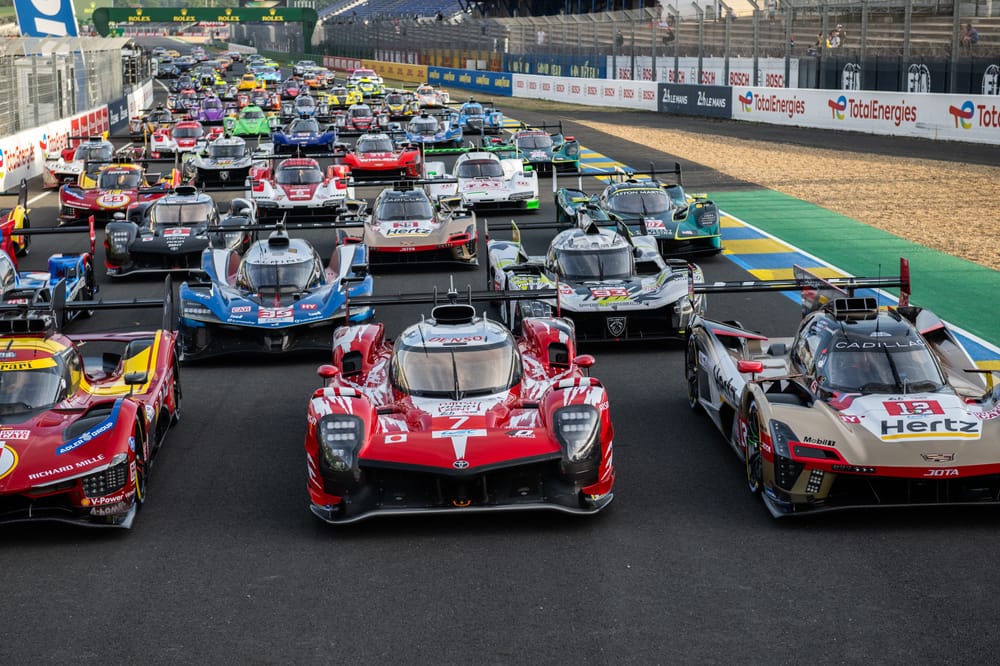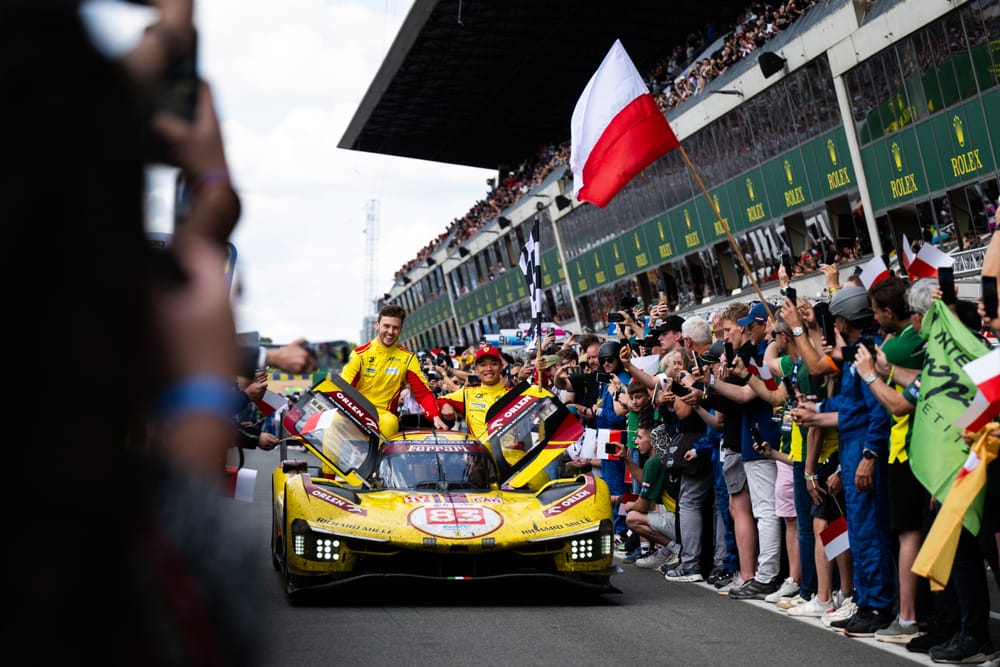The fifth round of the 2025 World Endurance Championship season - the first since the Le Mans 24 Hours - is eagerly awaited by fans, and for several reasons.
While the big question is whether Ferrari can make it five wins in a row, that’s far from the only storyline heading into the São Paulo 6 Hours, held at the José Carlos Pace circuit in Interlagos.
Will Ferrari finally fall?
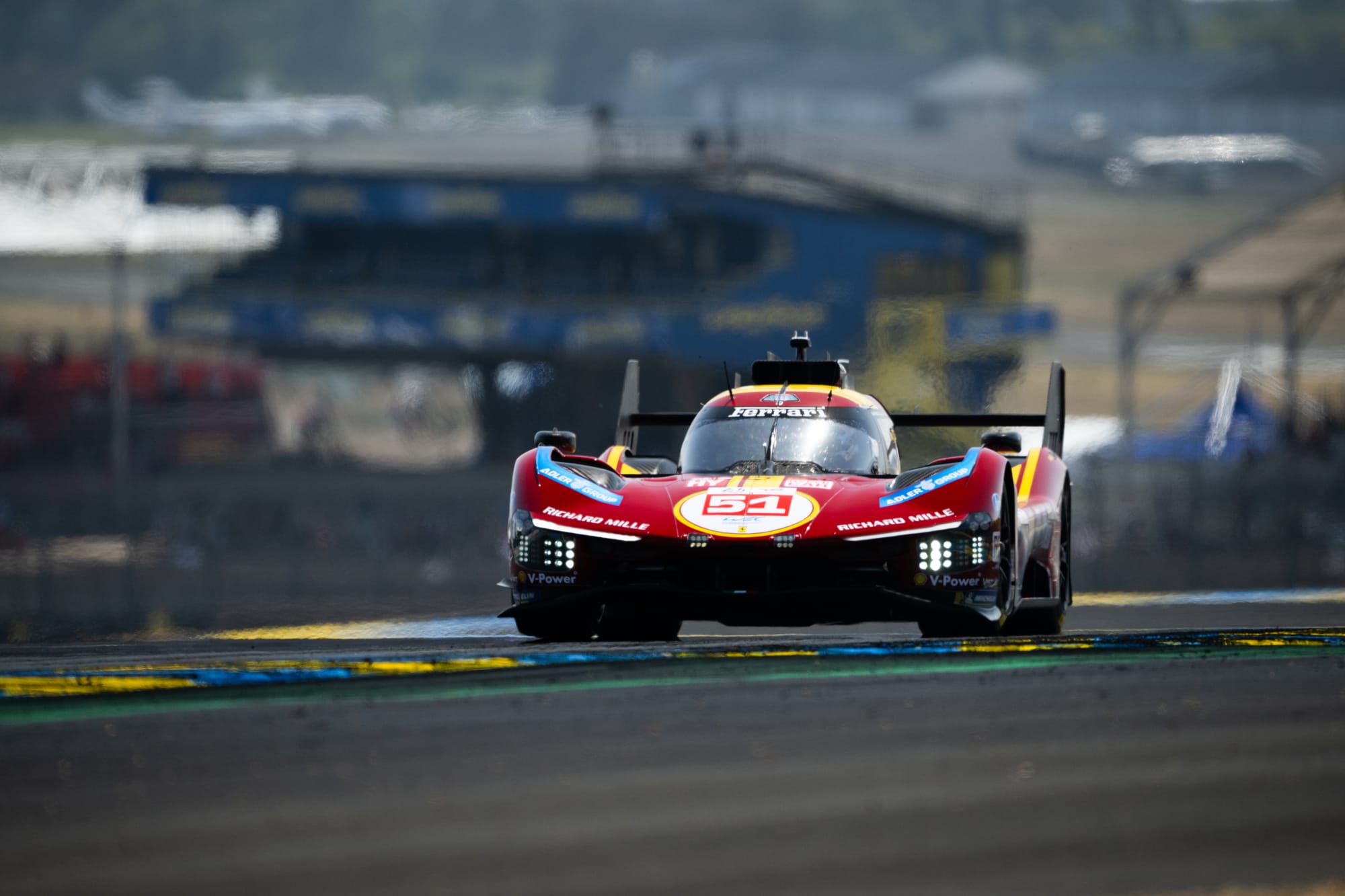
Ferrari claimed its fourth consecutive win of the season at the Le Mans 24 Hours. Will the 499P make it five in a row this year? The record is held by Porsche and Toyota, with six consecutive wins in 2015 and 2021 respectively. But given the nature of the track and a very restrictive BoP, the challenge looks more difficult than ever.
“I don’t think that Interlagos is the most favourable track for our car, but so far this year, we’ve shown general improvement on every circuit, so we hope to be able to achieve a good result,” Alessandro Pier Guidi said.
If Ferrari wins again, it would strike a double blow to its rivals. First, because they may begin to believe that the 499P can dominate no matter how restrictive the BoP is for the Italian car.
Second, with Ferrari already holding a 77-point lead in the manufacturers' championship, it would further extend what already looks like an uncatchable advantage. Not to mention that Ferrari also occupies the top three positions in the drivers’ standings.
To this, critics might respond that the real blow was already dealt at Le Mans…
Will Toyota's Sao Paulo advantage be wiped out?
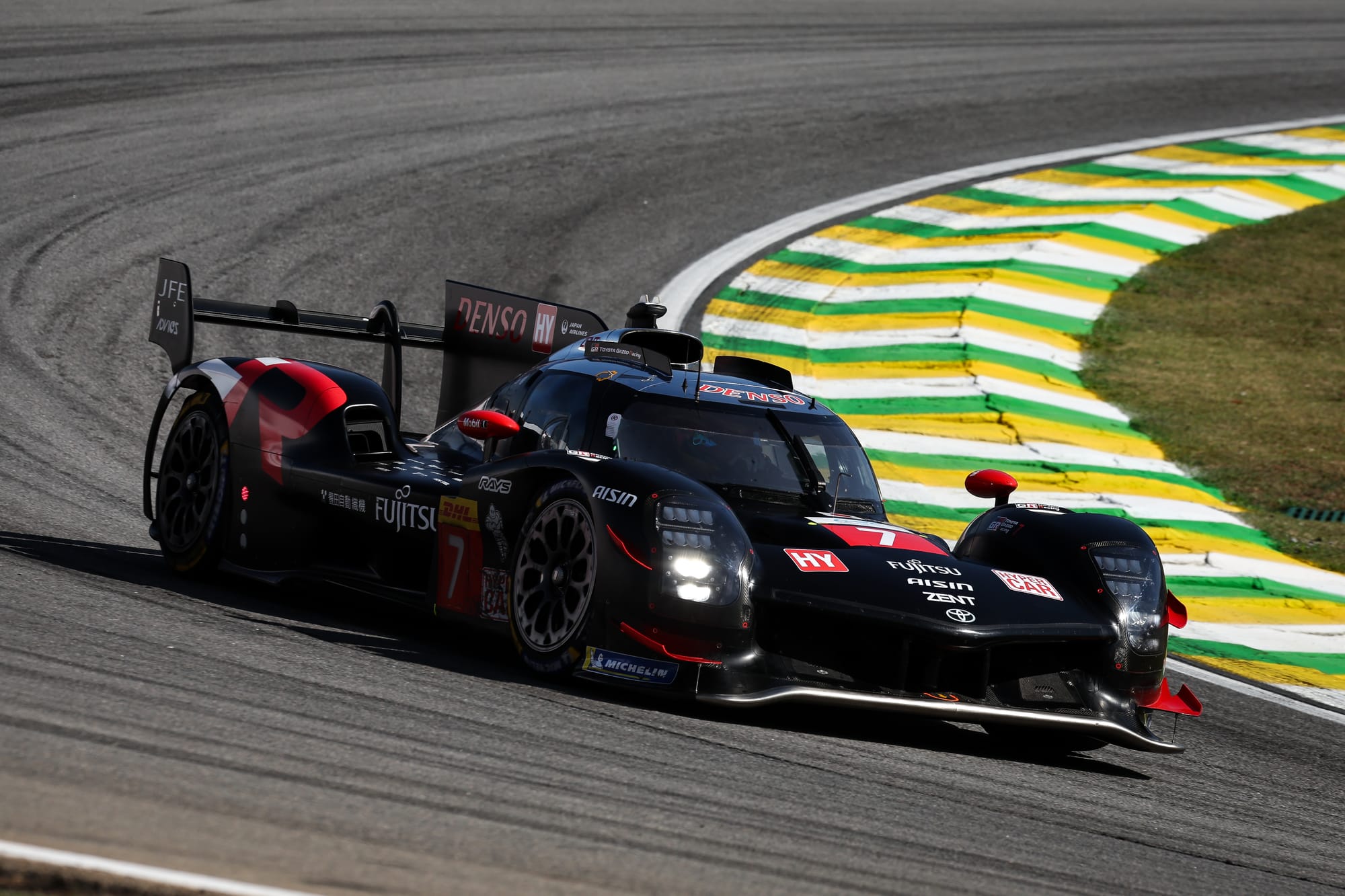
Last year, it was undeniably in Brazil that the GR010 Hybrid looked most dominant. Toyota used its racing acumen and deep understanding of tyre management to gain an edge.
On a track notoriously hard on tyres, the Toyotas were the only cars able to complete the race fully on mediums, which gave them a clear advantage.
But shortly after the 2024 edition of the São Paulo 6 Hours, the track was resurfaced and is now expected to be less aggressive on tyres. Will that erase the advantage that helped Toyota win last year?
“Obviously we didn’t test here,” explained Toyota Gazoo Racing technical director David Floury on Thursday.
“We just did the track walk earlier this afternoon, so we still need to analyse. We did some measurements and we still need to analyse to have a clear picture on the tyre. There is a clear risk that the picture is different than last year. We will not be able to have such a strong advantage as last year.
“We also expect in terms of raceability it will be very difficult because we have low power, high weight.
"Exiting the slow speed corner, we will have a lot of difficulties to keep up with most of the other cars. But the Ferrari is more or less on the same working point.”
Toyota is still chasing its first podium of 2025. It has never completed a WEC season without at least one podium since returning in 2012. As for a winless season, the last and only time that happened was 2015.
Two driver line-up vs three
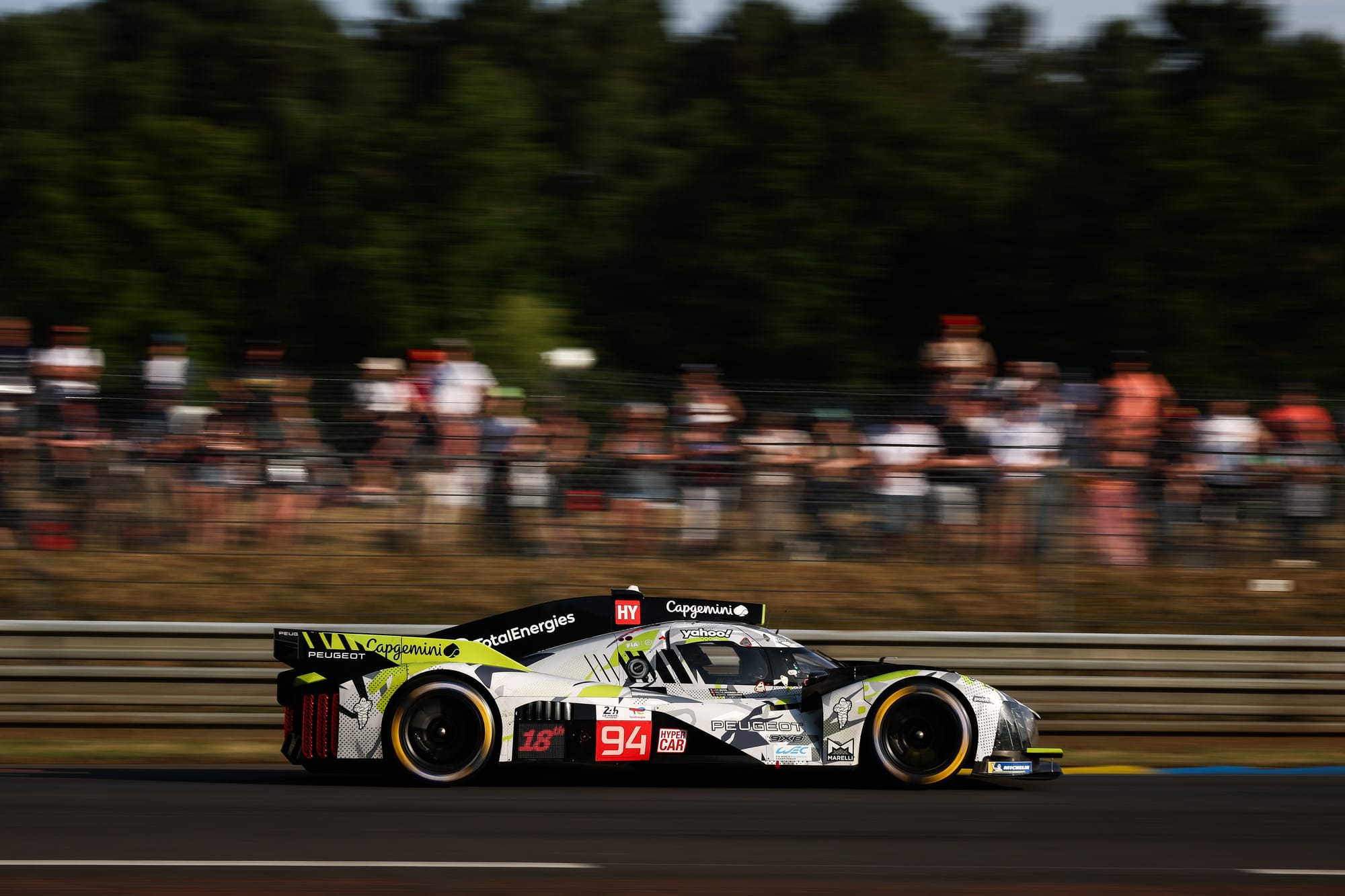
It’s a rare enough situation to be noted: seven of the 18 Hypercars entered are being run with only two drivers instead of the usual three. This is mostly due to a date clash with Formula E in Berlin, which prevents Sébastien Buemi, Robin Frijns, Stoffel Vandoorne, and Jean-Eric Vergne from competing.
Peugeot and Toyota decided not to bring in substitutes, unlike BMW, which called on Marco Wittmann to replace Frijns.
For Porsche and Aston Martin, however, it’s a fully deliberate choice - also for economic reasons - and the same strategy will apply at Austin and Fuji. Bahrain is the exception, as the rules require three drivers for races longer than eight hours.
“When you only have two drivers, they get more track time [in free practice],” BMW M Motorsport director Andreas Roos told us some time ago.
“But on the other hand, when it’s hot, maybe it’s better to have three drivers because they’re ‘fresh’ when they jump in the car. Everyone has their own opinion, but I don’t see a clear advantage or disadvantage either way.”
Running two drivers indeed allows for more time behind the wheel, but Le Mans is so much more important than the other races; teams also want to ensure their drivers are optimally and equally prepared. It’s a small detail - but not an insignificant one - and clearly taken into account by some teams.
For the record, out of the 97 WEC races held since the championship’s revival in 2012, only five have been won by a two-driver line-up. The most recent? The 2024 Spa-Francorchamps 6 Hours won by the Team Jota Porsche 963 driven by Callum Ilott and Will Stevens.
Can Cadillac use its big BoP boost?
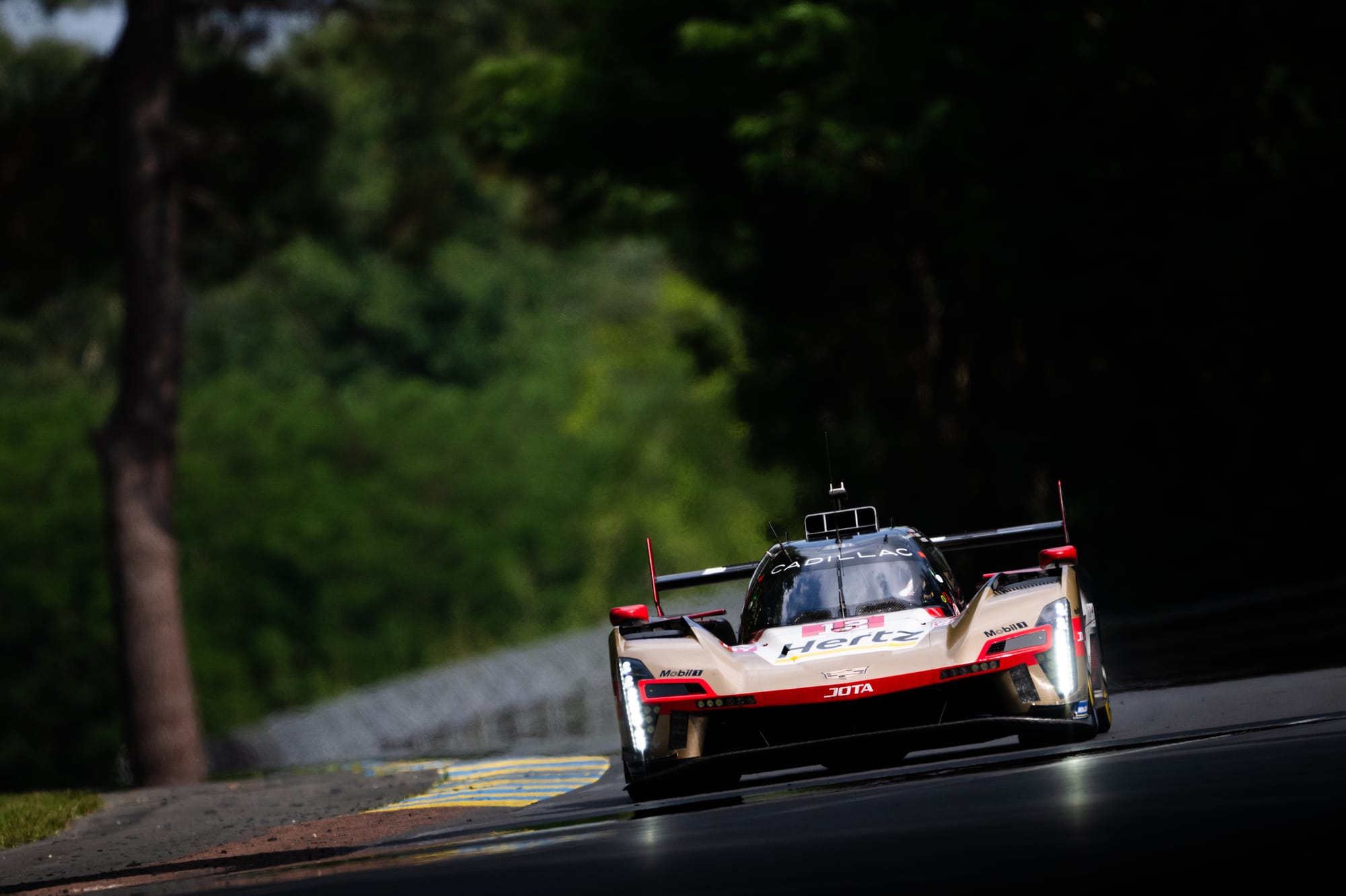
Given its early-season performances, it’s somewhat surprising to see the V-Series.R with such a favourable Balance of Performance boost.
So much so that many observers now see Cadillac Team Jota as the favourite, a label the team itself rejects, claiming Fuji (where Cadillac took pole last year) remains its best shot at victory.
“I’m looking forward to taking what we’ve learned, what we’ve developed over the past few months to this historic circuit,” Earl Bamber said.
"Cadillac Team Jota had overall great results in the Le Mans 24 Hours and though Interlagos is a different track we believe the strengths of the V-Series.R will come through there.
"Aside from a pit miscue in 2024 that cost us two laps, we were competitive in Brazil, so I expect us to be in the mix again.”
In the WEC, Cadillac has made a habit of shining in qualifying. But in races, the V-Series.R has only one podium in 19 starts and that dates back to the 2023 Le Mans 24 Hours. Only Aston Martin, a newcomer this year, has done worse.
Porsche, second in last year’s race, is also enjoying a better BoP than in 2024, giving it a realistic chance at the top step. There’s pride on the line…
Time to shine for Peugeot and Aston Martin?

For Peugeot and Aston Martin, the situation is the exact opposite of Ferrari’s. The BoP allows the Valkyrie and 9X8 to run this weekend at minimum weight (1030 kg) and with the maximum permitted power output (520 kW).
Peugeot has already had similar opportunities in the past, and it helped it fight for the podium at Spa-Francorchamps. That’s the race Jean-Marc Finot references when outlining his ambitions for round five of the season:
“We’ll work on improving our race pace to stay in the fight, like we did in Spa-Francorchamps,” said the Stellantis motorsport senior VP. “We also need to maintain the same level of operational excellence we showed at Le Mans.”
But Interlagos is also a track that rewards mechanical grip, not exactly the 9X8’s strong suit. Seeing the Peugeot fight for the win would be a big surprise, but could a strong result still be on the cards? It will hope so given BoP can’t help it more than it already does.
For Aston Martin, however, it’s a first. This is the first time since the start of the season that the British LMH is benefiting from manufacturers’ compensation based solely on its own performance. Until now, due to a lack of significant data, the governing bodies used the best-performing car on each track to set benchmarks, which was naturally a disadvantage.
“I’m hoping that all the information we gained and the steps we have taken in the first half of the season could push us in a positive direction in the pack at Interlagos,” said Harry Tincknell.
“Hopefully we can challenge for points and perhaps get into the Hyperpole session, as Marco did at Le Mans. Le Mans was a big step forward for us. Reliability was strong, our mid-corner pace was good, and the car got better as the weekend went on.”
Will the new BoP system change anything?
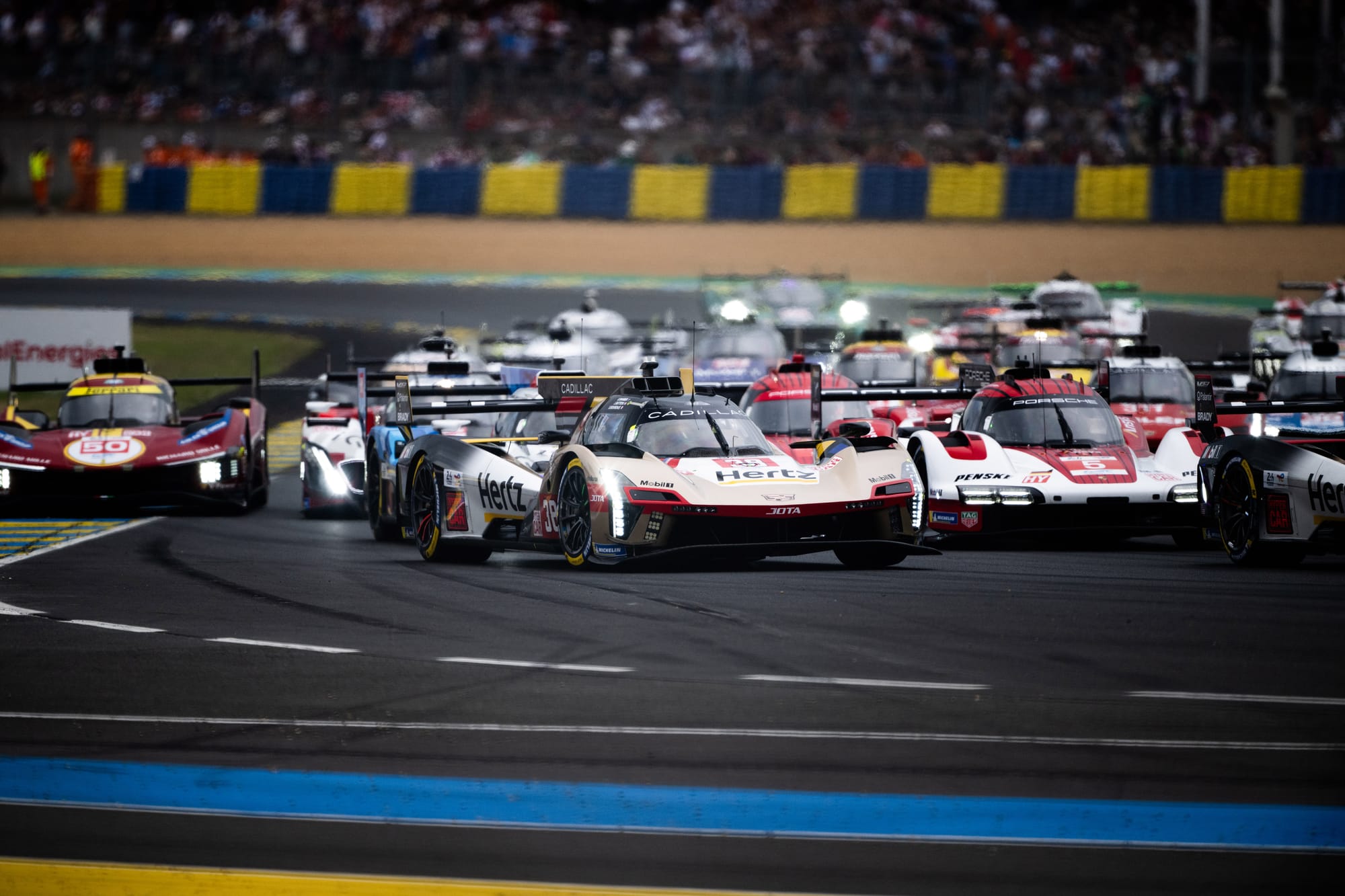
Yes, the method for calculating manufacturers’ compensation has changed slightly again. At Qatar and Imola, the ACO/FIA duo used data from the last three races. At Spa, they instead decided to retain only the best two results from each of the previous three races per competitor.
For São Paulo, they used the last two races for data — Imola and Spa — since Le Mans is considered a special case and is excluded from the calculation, as we’ve explained before.
Does it really change the game? Not really.
Ferrari, BMW, and Alpine are paying the price for their strong early-season form. While some argue that these constant tweaks suggest uncertainty from the organisers, it seems more likely that the system is evolving to prevent teams from “racing the BoP” by manipulating performance data.


